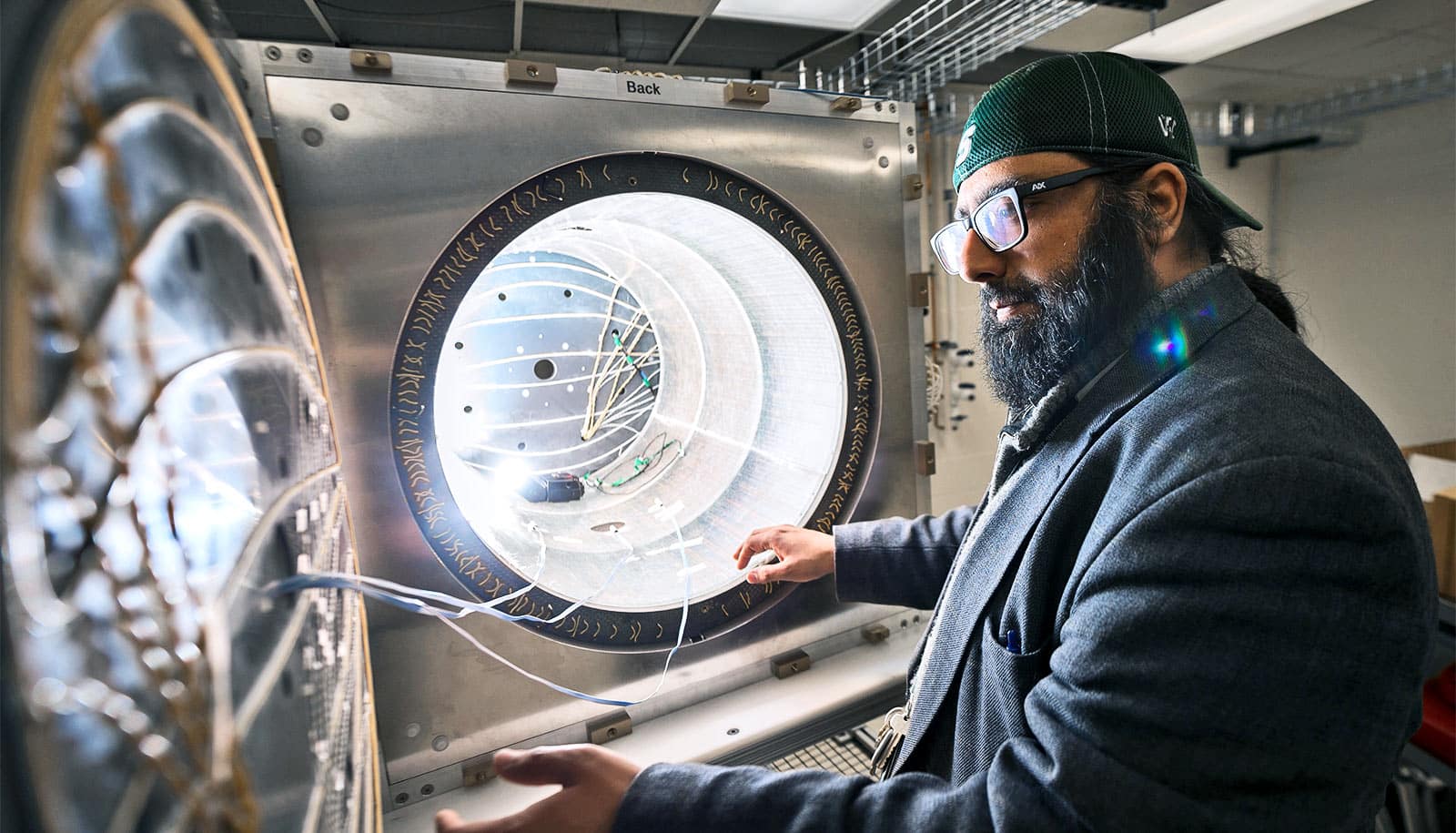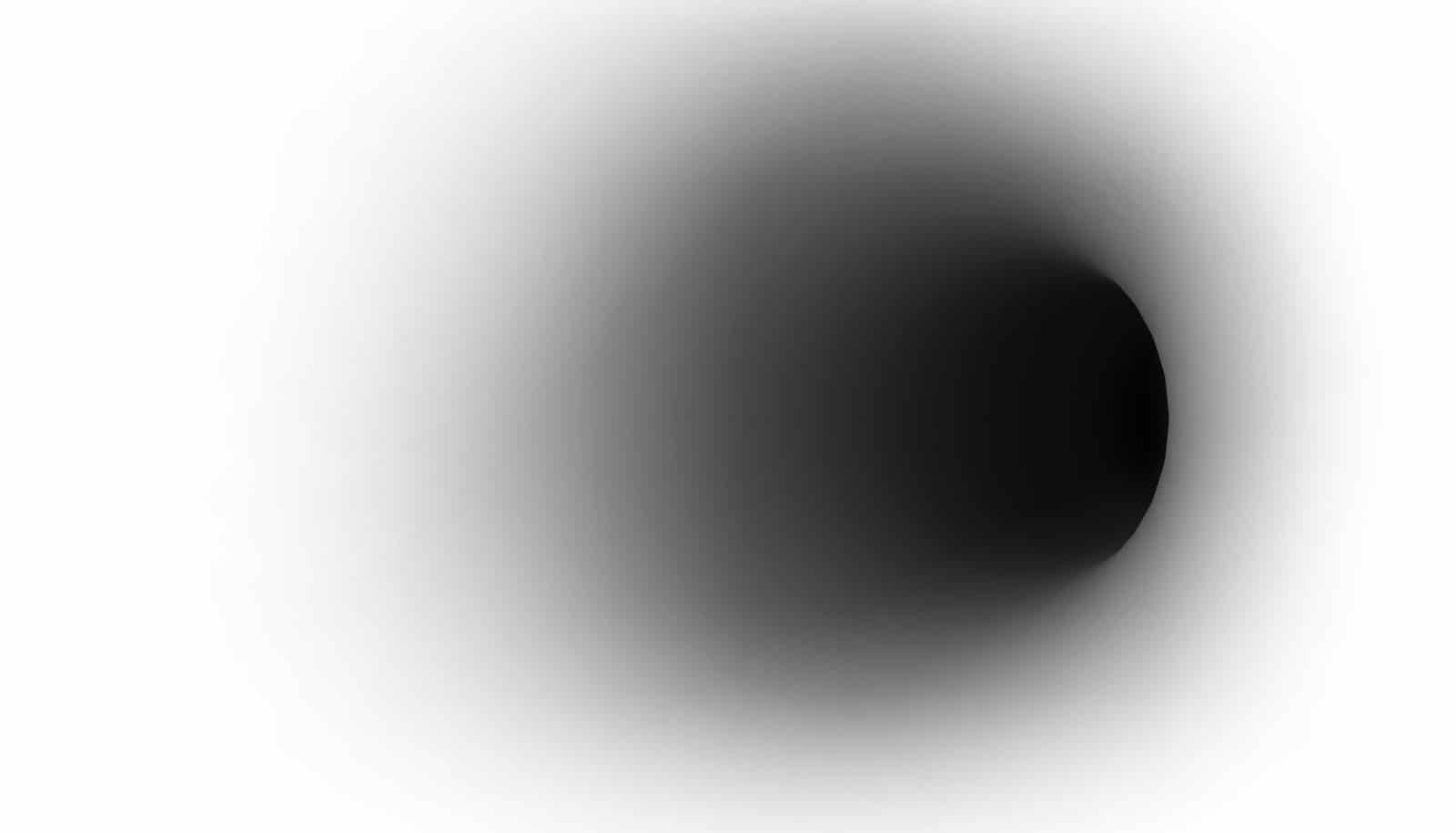New research digs into the question of why the observable universe contains virtually no antimatter.
Particles of antimatter have the same mass but opposite electrical charge of their matter counterparts. Scientists can create very small amounts of antimatter in the laboratory. However, they observe hardly any antimatter elsewhere in the universe.
Physicists believe that there were equal amounts of matter and antimatter in the early history of the universe—so how did the antimatter vanish? A team of researchers examines these questions in a recent article in Reviews of Modern Physics.
The answer could be rooted in the nature of forces between subatomic particles that are not the same when time is reversed. Physicists theorize that this time-reversal violation is the key ingredient needed to unravel the cosmic mystery of the missing antimatter.
Such time-reversal violating forces result in a property in particles called a permanent electric dipole moment (EDM). For over 60 years, physicists have searched for EDMs with increasing precision, but they have never observed them. However, recent theories of particle physics predict measurable EDMs. This has led to a worldwide search for EDMs in systems such as neutrons, molecules, and atoms.
EDM searches often involve atomic clocks operating in a controlled magnetic field (uniform in space and stable in time). In an electric field, an ultra-stable atomic clock with a nonzero EDM will run slightly faster or slower. The success of such experiments depends on how well physicists can control the surrounding magnetic field and other environmental factors.
“We, everything we see, and the rest of the observable universe exists because the antimatter vanished during birth of the universe.”
EDMs of atoms such as radium and mercury are primarily due to forces originating within the nuclear medium. The best limits on these types of forces are presently derived from the mercury-199 atom. Researchers at the University of Washington in Seattle have found that their mercury-199 clock loses less than one second every 400 centuries.
This experiment is impossible to improve upon unless one can build a clock less sensitive to environmental factors. A competing experiment that seeks to do just that is the search for the EDM of radium-225.
The rare isotope radium-225 is an attractive alternative. Its “pear-shaped” nucleus amplifies the observable EDM by orders of magnitude compared to the nearly spherical nucleus of mercury-199. In order to perform a competitive experiment, a radium-225 clock only needs to be stable to less than one second every two years. This is difficult but feasible. The small number of atoms available (about 0.000005 milligrams per day) is the only current limit on the sensitivity of this radium clock.
In the future, using an even more “pear-shaped” nuclei, such as the rare isotope protactintium-229, may improve the sensitivity of these EDM searches by another factor of a thousand. In other words, a competitive experiment with a protactinium clock would only need to be stable to less than one second every day.
“We, everything we see, and the rest of the observable universe exists because the antimatter vanished during birth of the universe,” says Jaideep Taggart Singh, assistant professor of physics at the Facility for Rare Isotope Beams at Michigan State University, who studies atoms and molecules embedded in solids using lasers. Singh has a joint appointment in the physics and astronomy department.
“Discovering a new source of time-reversal violation, perhaps using rare pear-shaped nuclei, would begin to explain how this happened.”
FRIB will produce an abundance of pear-shaped nuclei such as radium-225 and, for the first time, protactinium-229. This will enable a search for an EDM with unprecedented sensitivity to answer the antimatter puzzle.
The project is a collaboration between researchers at Argonne National Laboratory, Michigan State University, and the University of Science and Technology of China.
Source: Michigan State University



